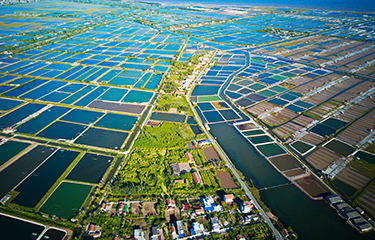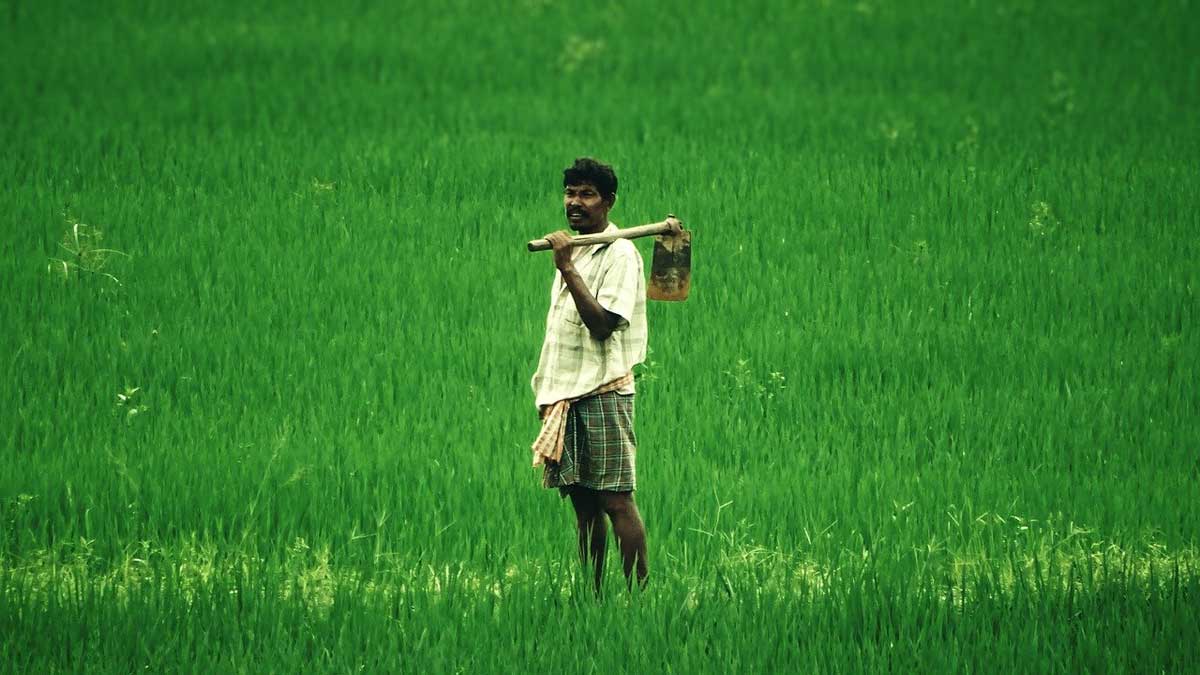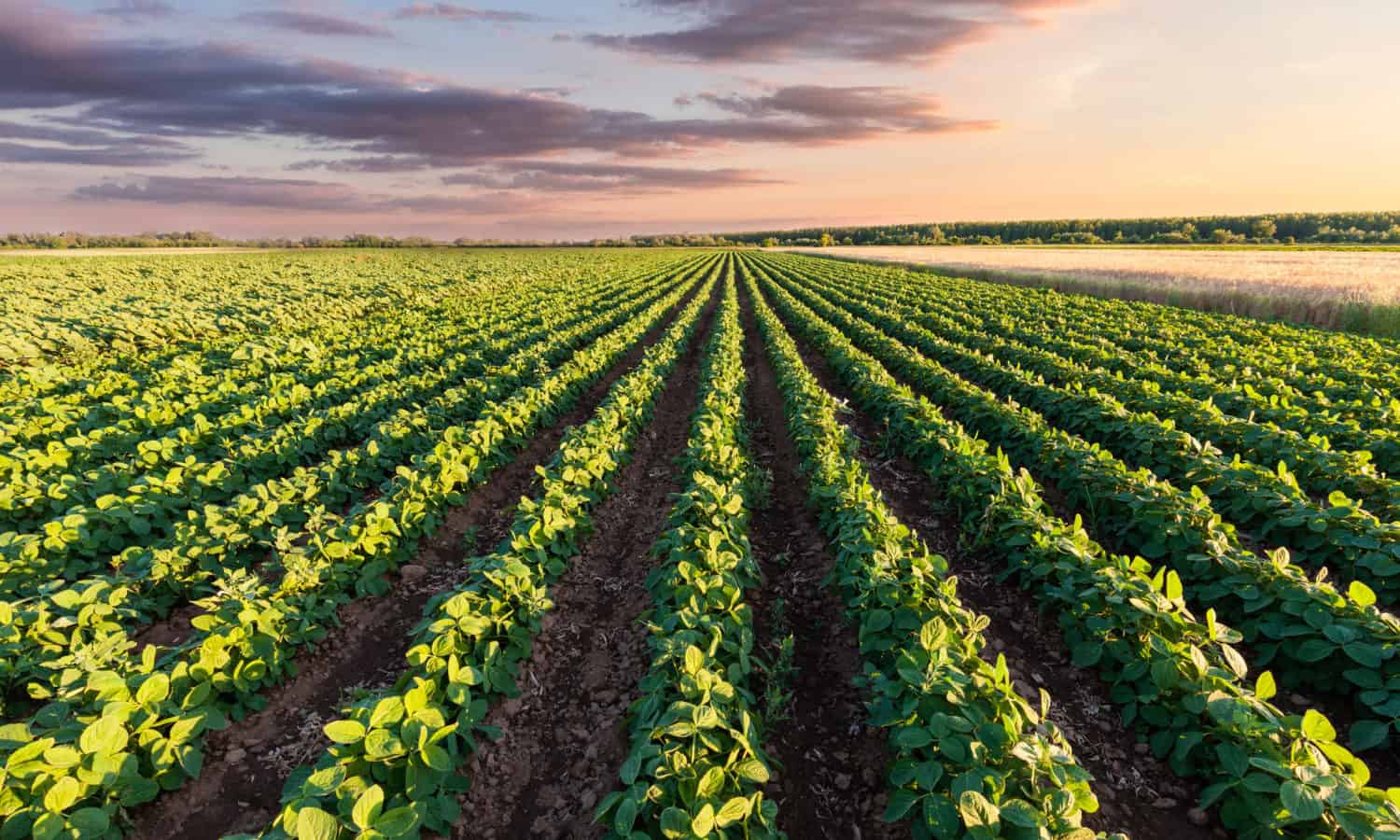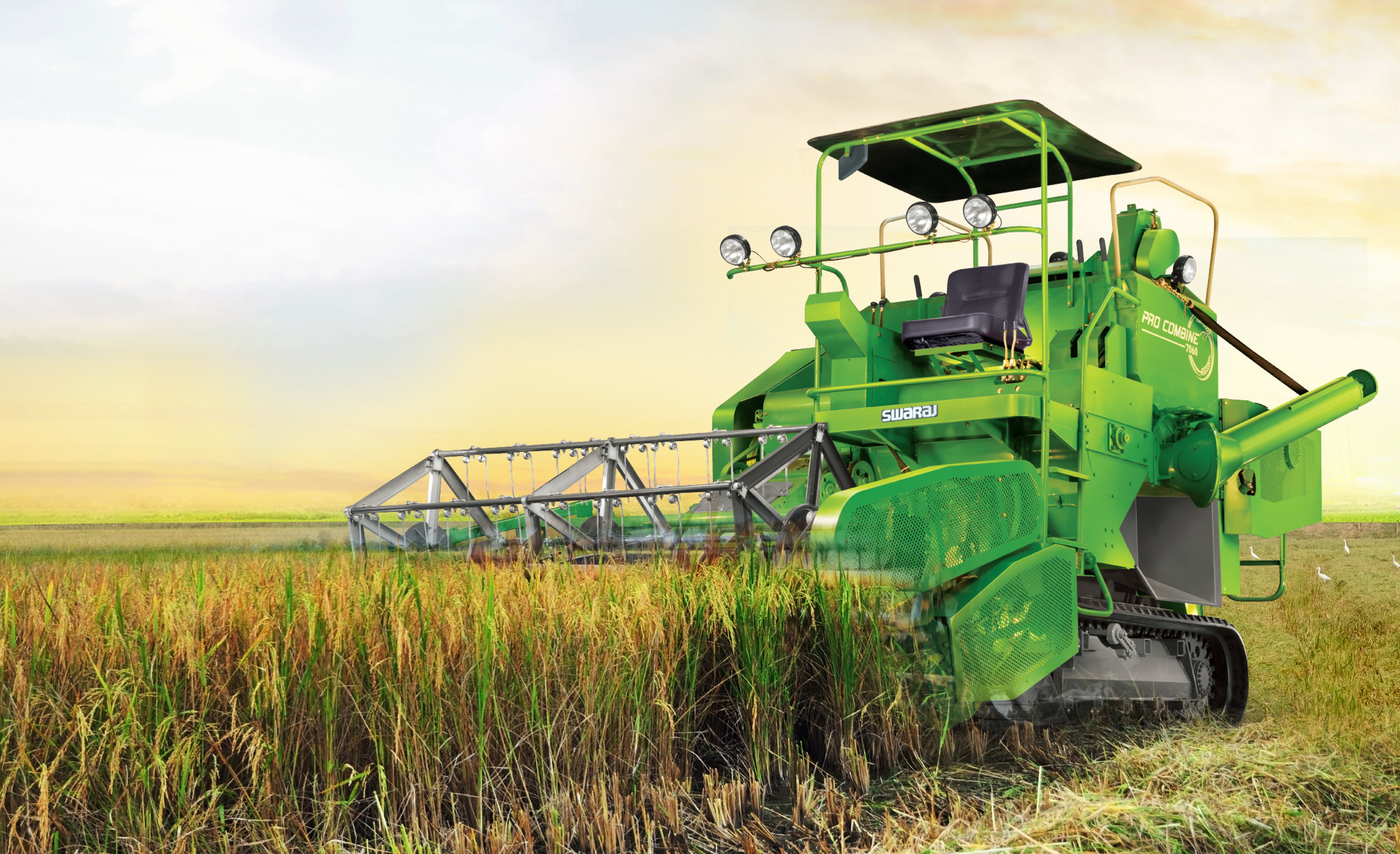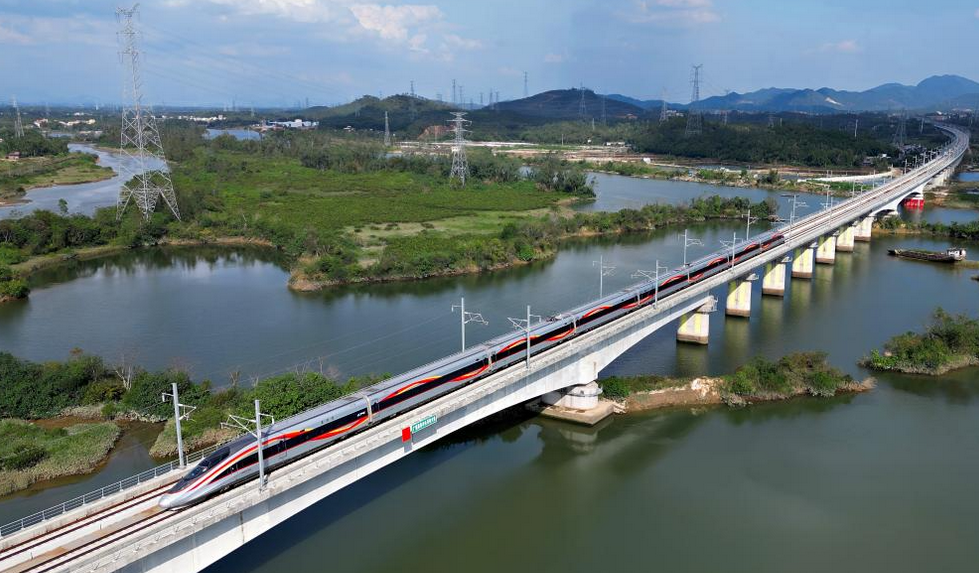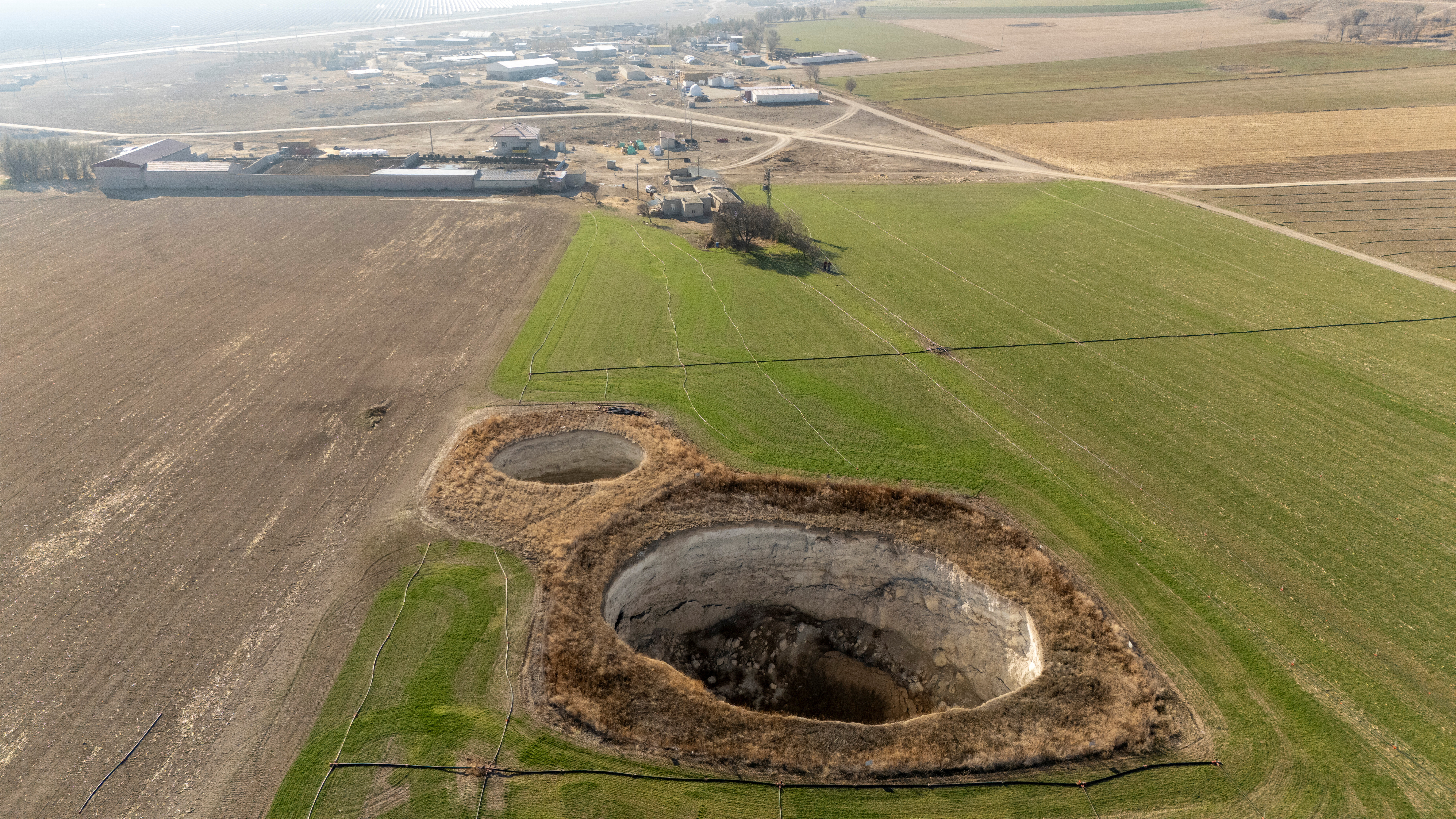Representatives of the Ministry of Agriculture of Uzbekistan held a working meeting with members of the Insurance Development Forum (IDF), including representatives from Swiss Re and Europe Re, to discuss the implementation stages and prospects of the project “Agricultural Insurance for Horticultural Farmers in Uzbekistan.”
The initiative is being implemented with the support of the InsuResilience Solutions Fund, Swiss Re, Europe Re, and the United Nations Development Programme, with the Ministry of Agriculture serving as the project’s key partner.
During the meeting, international experts presented the results of their work, after which the parties discussed the development of agricultural insurance in the country and the use of electronic platforms for risk management.
Experts noted that modern information technologies can provide a reliable support system for farmers, ensuring timely financial assistance under adverse natural conditions.
The main goal of the project is to establish a National Agricultural Insurance Fund, develop new insurance products, and create a legal framework for the stable functioning of the system. Attention was also given to tariff policy, underwriting, data integration, and specialist training.
The implementation of the project will significantly reduce risks for farmers, providing financial protection against crop losses or natural disasters, and represents an important step in developing the agricultural insurance system in Uzbekistan.
Source - Uz Daily





